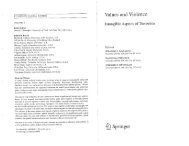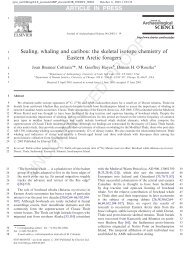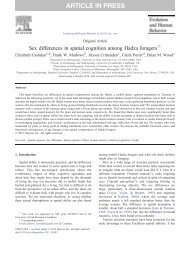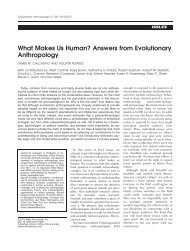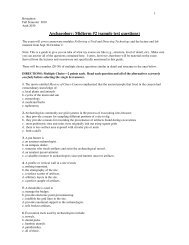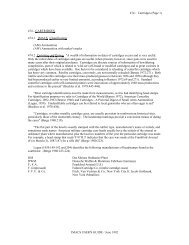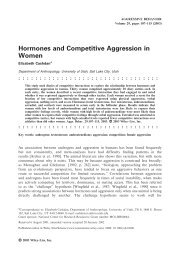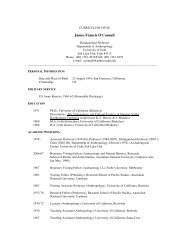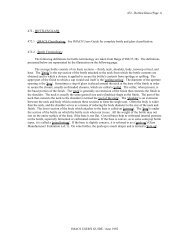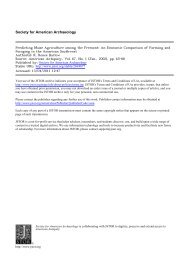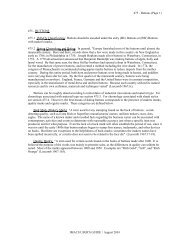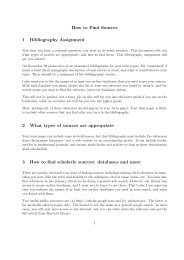476 - Shoes (Page 1) IMACS USER'S GUIDE / August 2001 476 ...
476 - Shoes (Page 1) IMACS USER'S GUIDE / August 2001 476 ...
476 - Shoes (Page 1) IMACS USER'S GUIDE / August 2001 476 ...
You also want an ePaper? Increase the reach of your titles
YUMPU automatically turns print PDFs into web optimized ePapers that Google loves.
<strong>IMACS</strong> <strong>USER'S</strong> <strong>GUIDE</strong> / <strong>August</strong> <strong>2001</strong><br />
<strong>476</strong> - <strong>Shoes</strong> (<strong>Page</strong> 4)<br />
1862 Colonel Gordon McKay patented improvements on Blake's sewing machine, which<br />
enabled the seams to be made completely around the shoe. This invention<br />
lightened shoe construction, eliminating pegs or nails. This machine left stitching<br />
on the foot side of the insole.<br />
-------- Eugene Lemercier formed a screw from a continuous brass wire, forced it into the<br />
leather, and cut it off automatically.<br />
1874 The eyelet-setting machine was developed.<br />
1875 Charles Goodyear, Jr., perfected the Goodyear Welt Stitcher, which used a curved<br />
needle to stitch the welt to the upper shoe and to the sole at the same time.<br />
1888 Standard shoe sizes were developed.<br />
ca. 1912 Manufacturing techniques were standardized: Goodyear Welt, McKay, turned,<br />
standard screw, and nailed.<br />
1915 Saddle shoes were first worn.<br />
1926 Cement shoe production by gluing of the sole to the upper shoe.<br />
1937 Wedged soles were introduced.



